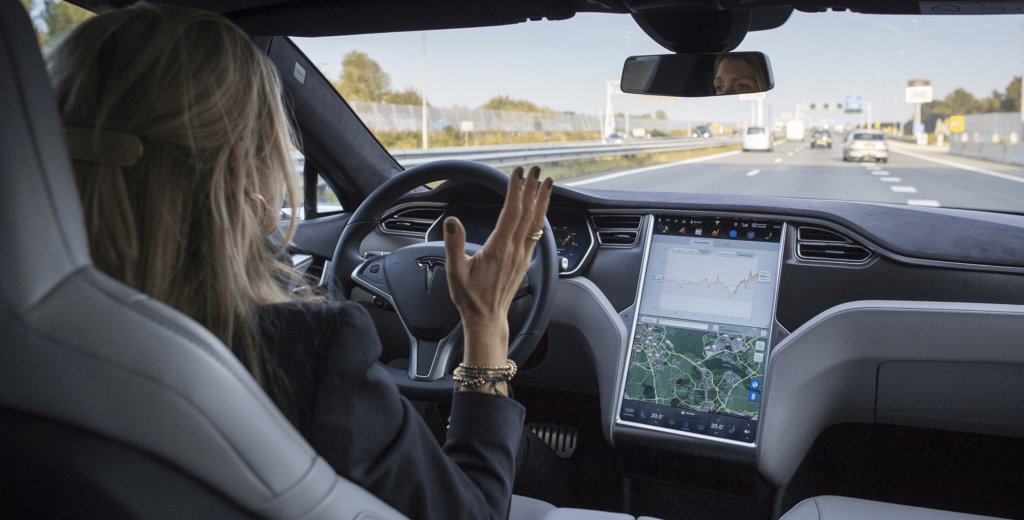We all seem to agree: the autonomous vehicle space will be a multi-billion dollar industry in just a few short years. While much of the innovation and hype focuses on how autonomous vehicles will make our cities smarter, radically transform transportation safety and improve the efficiency of humans and natural resources alike, we can’t ignore the implications for another industry that’s hot right now.
Global retail eCommerce sales are projected to top $4 trillion by 2020. With Ford promising a fully autonomous vehicle in operation by 2021, that’s a big opportunity for retailers. It’s time to identify the digital commerce buying channels and creative fulfillment options that will be enabled by partially or fully autonomous vehicles. Autonomous vehicles will change how we shop and how we take delivery of our digital purchases. You’ll notice that some of these shifts have even already started thanks to the accelerating adoption of connected vehicle technology today.
How different will our shopping experience be?
1. Autonomous delivery to a pre-set location. Instant gratification is the driving force behind digital commerce. Delivery of those online orders will need to get faster and faster to keep up. Amazon is already exploring how it can use autonomous delivery vehicles to keep fulfillment running at all hours and keep shrinking the time between when you click “buy” and when your order arrives.
2. Autonomous delivery to a moving or unattended target. If an autonomous vehicle can deliver to a known or favorite address, couldn’t it also deliver to a known GPS or map coordinate? Soon, I’ll be able to order new running shoes and have them delivered to the park near my favorite running trail. Or, a courier will deliver them to the trunk of my car that is parked outside my office so I can hit the trails without missing a beat. Maybe, even, we’ll see roving autonomous vehicles acting as on-demand delivery lockers, that can store deliveries and even “extras” for customers who prefer the on-demand model.
3. Optimization for the proper mix of physical and digital purchases. Marketplaces being built inside connected car platforms already offer drivers the chance to order food, offer recommendations for nearby favorite retailers and can even handle payments. Autonomous vehicles are smarter. They’ll calculate the tradeoffs and recommend whether you should take time to stop at the grocery store to pick up a items or place that order online for same-day delivery to the trunk. The car will even automate that order for you!
4. Restaurant-quality experiences on the go. Customers today who are willing to share their location and ETA with their favorite restaurant to coordinate a seamless curbside or to-go order experience. For example, with the vehicle’s infotainment system connected to real-time location data, drivers can order their coffee, take-out dinner and more, all before they leave home or work, and seamlessly pick up their order when they want without the need for ordering on their phone and worrying about distracted driving. Autonomous vehicles will take that one step further. You won’t have to remember to let Starbucks know you’re on your way to pick up your online order. The car will communicate directly with their POS system and handle all of that for you. Your coffee will be hot (or perfectly iced) and waiting as your car drives you up to the pickup zone.
5. Virtual reality eCommerce. Parallel Domain builds virtual worlds to help test and train autonomous cars. While virtual reality for autonomous vehicles is a practical approach to ensure safety, building a new virtual reality also opens up new possibilities for new retail models. Having a virtual world to concept-test the logistics required to make those buying and delivery models work is a heck of a place to start.
Today, Glympse is working with leading auto OEMs to support better food and retail ordering, deliveries and pickups through the power of location. We’re looking forward to the day autonomous cars are ubiquitous and enabled to proactively support and further transform how people get the things they buy. Vroom, vroom!
